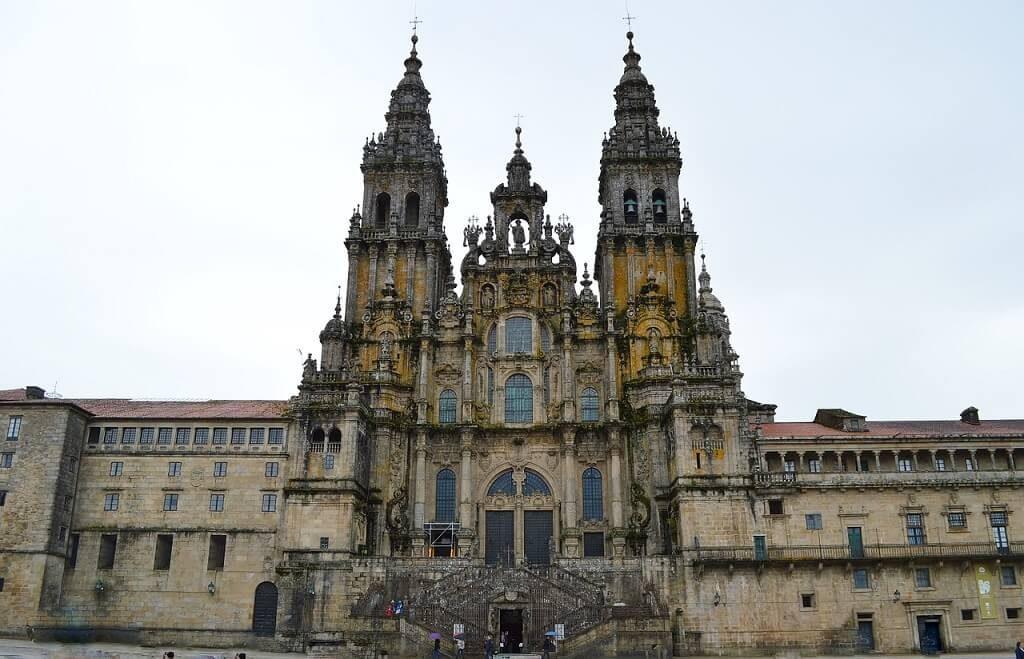
Christian Barbarians: Visigoths, Ostrogoths and Mission
The transformation of the Christian Barbarians, including the Visigoths and Ostrogoths, played a crucial role in the evolution of Medieval Europe. As these tribes converted to Christianity, they moved from being invaders to influential figures in society. Their adoption of faith helped create new cultural identities, strengthened political ties, and led to the establishment of Christian kingdoms. This legacy significantly shaped the social and cultural landscape of Europe, illustrating the power of belief in guiding societal change.
Ever heard of the Christian Barbarians? These fascinating groups, including the Visigoths and Ostrogoths, not only invaded but also transformed Europe’s religious landscape.
Introduction to Christian Barbarians
The term Christian Barbarians refers to the various Germanic tribes, like the Visigoths and Ostrogoths, who played a major role in shaping early Europe. Initially seen as invaders, these tribes eventually embraced Christianity. This shift changed how they viewed themselves and their relationship with the Roman Empire.
Why did these tribes convert? Many sought stability and support from the Romans. The influence of key figures, such as missionaries and leaders, helped facilitate this process. They blended their warrior culture with newfound Christian values.
Understanding the history of the Christian Barbarians gives us insight into a fascinating period. It shows how cultures can merge, creating unique identities that still influence Europe today. The adoption of Christianity among these tribes not only affected their own lives but also played a part in the larger story of Western civilization.
The Visigoths and Their Conversion
The Visigoths were one of the tribes that played a big role in the fall of the Roman Empire. They began as fierce warriors but later became Christians. This change wasn’t just about faith; it affected their entire way of life.
Initially, the Visigoths practiced their own traditions. They had rich stories and customs that defined their culture. But as they came into contact with the Roman world, everything started to shift.
One key factor in their conversion was the influence of the Roman Empire. After the Battle of Adrianople in 378 AD, many Visigoths sought peace with the Romans. They realized that adopting Christianity could bring them closer to the Romans, leading to better relationships.
Conversion happened gradually. Their leader, Alaric, had interactions with Christian communities. Later, Theodoric the Great led the Visigoths to embrace Arian Christianity. This version of Christianity was unique and different from what the Romans believed.
The Visigoths not only adopted Christianity but also spread it. They built churches and supported missionaries. Their new faith helped shape their identity and their place in history. It marked the beginning of a new era for them as they transitioned from warriors to a people with a new belief system.
The Ostrogoths: A Tale of Transformation
The Ostrogoths were another important tribe in early medieval Europe. They started as fierce warriors, much like their cousins, the Visigoths. But their journey toward Christianity marked a big change in their identity.
After the fall of the Roman Empire, the Ostrogoths emerged as a powerful group. Their leader, Theodoric the Great, played a crucial role in this transformation. He believed that adopting Christianity would help unify his people and create stability.
Unlike the Arian Christianity embraced by the Visigoths, the Ostrogoths also experienced a push towards Nicene Christianity. This version was more aligned with Roman beliefs. Theodoric wanted to blend cultures and reduce conflicts between different groups.
As the Ostrogoths converted, they began to spread their faith. They built churches and supported Christian clergy. This helped them establish stronger ties with other Christian nations. Through these efforts, the Ostrogoths became integral parts of the Christian community.
The change wasn’t just about religion. It also changed their political landscape. The Ostrogoths began to see themselves as rulers of a Christian kingdom. This transformation has left a lasting impression on European history, showing how a tribe can evolve over time.
The Ostrogoths’ journey highlights the importance of faith in shaping cultures. Their transformation from warriors to followers of Christianity illustrates how beliefs can change a society.
Impact on Medieval Europe
The conversion of tribes like the Visigoths and Ostrogoths had a huge impact on Medieval Europe. As these groups embraced Christianity, they changed the social and political landscape. Their new faith helped create strong kingdoms based on shared beliefs.
With their conversions, the Germanic tribes moved away from pagan practices. This shift led to more stability in the regions they controlled. As these groups settled down, they formed new nations that blended their warrior traditions with Christian values.
Churches became central to daily life. They were not just places of worship; they were also community centers. The church helped spread education and literacy. Monasteries played a big role in preserving texts and knowledge during this time.
The bonds between different tribes strengthened through Christianity. These connections allowed for alliances that could repel common threats. Furthermore, the church began to play a significant role in politics, influencing rulers and their decisions.
As kings converted to Christianity, their subjects often followed. This led to large-scale conversions across Europe. The merging of cultures and faiths helped shape a new identity for Europe. Overall, the impact of these conversions was profound, laying the groundwork for the medieval period.
Conclusion: The Legacy of Christian Barbarians
The legacy of the Christian Barbarians continues to influence our world today. Their journey from fierce warriors to believers shaped much of European history. This shift brought new cultures and ideas together, helping to create modern Europe.
As tribes like the Visigoths and Ostrogoths embraced Christianity, they built stronger societies. The merging of traditions and faith laid the foundation for many nations. Their influence is still seen in art, culture, and religious practices across Europe.
The changes initiated by these groups also set the stage for the Middle Ages. Their unique blend of pagan and Christian customs created a rich tapestry of beliefs and practices. This mix helped forge a new path for the future of Europe.
Understanding their legacy helps us appreciate the complex history of our world. It shows us how faith can drive transformation, even in the most unexpected ways. The story of the Christian Barbarians is a reminder of the power of change.
Conclusion
In summary, the story of the Christian Barbarians reveals how change shaped Europe. The transformations of tribes like the Visigoths and Ostrogoths show us the power of faith. By embracing Christianity, they grew from warriors into influential leaders.
This merging of cultures played a critical role in forming modern Europe. It reminds us that even fierce warriors can adapt and contribute to society. The impact of their legacy still resonates today in our beliefs, traditions, and communities.
By understanding their journey, we gain valuable insights into how history unfolds. It’s a testament to the idea that change, even when difficult, can lead to amazing new beginnings. Embracing diversity and new beliefs can help us build a brighter future together.


